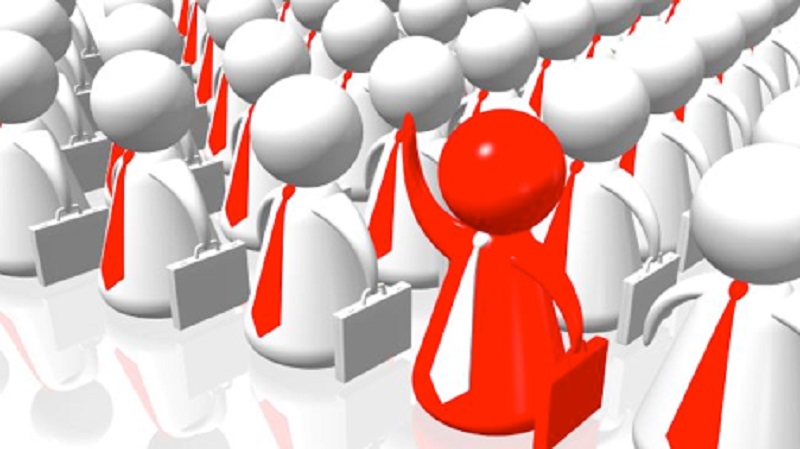
Value of creativity in marketing cannot be underestimated
**As rights to this article belong to the original publisher, The Australian’s The Deal Magazine, please contact The Australian for permission to republish.**
Chief executives are under more pressure than ever to drive growth. Shareholders are demanding greater returns, consumers have higher expectations, competition has never been fiercer and technology is changing rapidly. In a recent KPMG survey, 54 per cent of CEOs said that for the next few years growth was the factor most important to their company’s wellbeing.
But will CEOs push for investment to drive top-line growth via sales, or cost controls to drive bottom-line growth through profits? The past three decades have seen a strong focus on bottom-line growth. Cost-saving initiatives and operational efficiencies have driven profit growth, but often at the expense of top-line growth. And in the long run CEOs and companies will be punished for that. Around half of the 100 biggest US listed companies in the mid-1980s that had strong profit returns but were not posting top-line growth had been acquired or delisted 20 years later.
A recent Gartner white paper indicated that the companies that have succeeded in this time have had a strong growth mindset or mission – and did it with a 10 per cent increase in costs as a percentage of revenue, as they invested in their future.
One area some have been investing in for growth is marketing. Its essence is understanding consumers and what they need, creating branded products and services to meet those needs, and creatively communicating those brands to convince consumers to buy them. Creativity appears twice in that virtuous marketing cycle – creative thinking to develop the products and services, and creative design to develop the brands, experiences and the communication of them. No wonder 80 per cent of people think unlocking creativity is critical to business growth. There are famed stories of creative thinking sparking concepts that have gone global. Think of McDonald’s, Starbucks, Apple, IKEA and Google.
CEOs have been more uncertain about the creative design side of the equation. How much growth can the right brand, the right customer experience and the right communications drive? And how much should be invested in doing so?
In the past 12 months, McKinsey, the IPA (Institute of Practitioners in Advertising), Deloitte and Enders have published papers proving the effect creativity has on growth, and James Hurman and the Cannes Lions have updated their book The Case for Creativity. Hurman found the Cannes Lions Creative Marketer of the Year companies outperformed the S&P 500 by a factor of 3.5. The IPA found creatively awarded campaigns delivered 11 times the return on investment of non-creatively awarded campaigns. And two-thirds of the companies in the top quartile of the McKinsey’s study that ranked brands based on creative awards won at the Cannes Lions over the past 15 years had above-average organic growth in that time.
The IPA research also found that long-term creative campaigns outperformed short-term ones. Many CMOs and CEOs have fallen into the trap of judging marketing in line with their six-monthly results announcements, and shifted marketing spend to more easily measured short-term digital and activation campaigns. However the IPA found that “while short-term campaigns comfortably exceed long-term ones in terms of ROI, they underperform to a similar degree in terms of profit growth, and longer-term market-share growth”. In fact only 3 per cent of short-term creative campaigns drove large market-share growth as opposed to 38 per cent of longer-term ones.
The research also provided clear findings in terms of the balance between long-term brand campaigns, and short-term digital and activation expenditure. The optimum split was 60:40, long-term to short-term.
These findings, along with previous IPA research proving an extra 10 per cent share of media voice in a category will gain a brand a 1 per cent market share increase, show the power of investing in marketing and creativity to drive growth.
It’s also a reminder in an era of artificial intelligence that creativity will remain the domain of humans.
This article was originally published in The Australian’s The Deal Magazine. Read the original article.
Thought leader, marketer and board director, Andrew Baxter is the Senior Advisor at KPMG's entrepreneurial Customer, Brand & Marketing Advisory business, a Senior Advisor at BGH Capital, as well as the Adjunct Professor of Marketing at the University of Sydney, and a Non-Executive Director at Australian Pork and Sydney Symphony Orchestra.
Share
We believe in open and honest access to knowledge. We use a Creative Commons Attribution NoDerivatives licence for our articles and podcasts, so you can republish them for free, online or in print.







